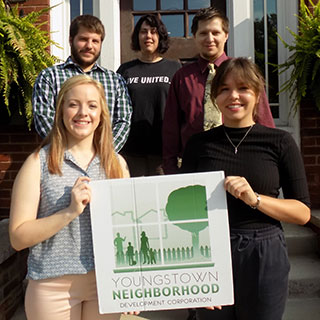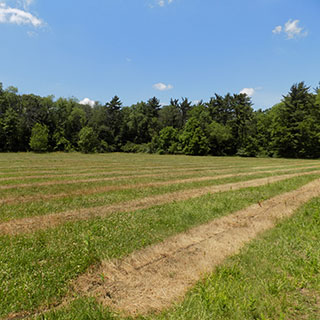It’s been more than a decade since students walked out of Roosevelt Elementary School in Warren for the final time.
It’s been even longer since Daryl Campbell roamed those halls as a kid. But he still shows up every day.
“There are some days where I’ll be working in the greenhouse and my mind will wander to ‘I used to have in-school suspension right there,’ or ‘I had class over there,’ ” Campbell says. “It’s funny that the school building is gone but I’m still learning here.”
He points to a strip of grass not quite as green than the grass that borders both sides.
“That’s where the sidewalk to the school entrance was,” he continues, turning to look at other spots around the garden. “The parking lot was on that side and the other edge of the building was about where the greenhouse is.”
Campbell and his wife, Christina, took over operations of the Roosevelt Community Garden last year. Before working the urban farm, they had grown vegetables at home, but never on a scale for market. They didn’t have the space.
Now, they tend half the plots at the Roosevelt Garden and last fall built a greenhouse at the urban farm. Almost all of their produce is sold at the Warren Farmer’s Market, run by the Trumbull Neighborhood Partnership, on Courthouse Square. The couple is exploring whether to join a community supported agriculture group such as the Lake-to-River Food Cooperative.
“When we first started talking about doing this, we were talking to TNP so they were our first avenue of selling produce,” Christina Campbell says. “This year we’re going to try to expand a bit.”
For many urban farmers – especially those who join the farmers market circuit – startup costs can be daunting. First are the obvious costs such as seeds, equipment and irrigation. The Campbells installed a system at their farm last year, cutting into some of their profit, Christina Campbell says, but even essentials such as land and having a booth at a farmers market factor into the equation.
“I looked at rural land and it’s about $15,000 an acre,” says Nicole Richards, co-owner of GardenView Acres in Youngstown. “Once you buy your acreage, you have to put in infrastructure, which is included in your farm service loan. That also includes equipment, creating a lot of overhead.”
Richards started her farm in McDonald, renting land from a neighbor. When she decided to expand and turn the farm into her full-time job, she looked at buying land in a traditional farming area. When that proved too costly, she came to the city.
“I rent this lot from Common Wealth for $10 a year,” she says of her garden along Park Avenue just east of Wick Park.
GardenView also has a greenhouse and plots at the Youngstown Neighborhood Development Corp.’s Iron Roots Farm plus 16 raised garden beds behind Common Wealth’s Kitchen Incubator.
Richards also cites the cost of buying a tent, tables and chairs to have a proper booth at farm markets, as well as having a truck to transport produce and equipment.
“Even those things are something you have to have,” she says.
A hundred feet from the garden beds where GardenView grows herbs and vegetables such as onions and carrots, they use the kitchen incubator to produce value-added products, a staple of many farmers markets. These products range from baked goods to seasonings to, in GardenView’s case, soups during the colder months. The incubator is a commercially licensed kitchen that can be rented, giving other growers an opportunity to do more with what they grow.
“We can pick it straight from here, walk it right inside and then take it to market the next day. It helps us save on waste,” says GardenView co-owner Rick Price. “We don’t have to throw out what we don’t sell because we can take it to the incubator. It’s something that you can’t get at a lot of places.”
Farmers markets, Richards notes, carry no guarantee of income. Some bring in just $20 while she’s been to others where she earned up to $500.
“It all depends on the season, what we have and the clientele,” she says.
Learning what customers want, llike any business, is the challenge, Richards and the Campbells say. It isn’t necessarily difficult. If a lot of people stop by your stand and ask for something in particular, then it’s probably a good idea to start growing it, they say. And looking at what sold well the previous year is a good indicator of what to plant in the spring.
Across the country, urban farming has played a role in the redevelopment of many cities. The Farm and Agriculture Organization of the United Nations estimates that urban farming provides income for at least 100 million people worldwide – 200 million people globally practice urban farming, the group estimates – and aids in employment, environmental quality and the appearance of a city.
In 2011, the Youngstown Neighborhood Development Corp. established the Iron Roots Farm, a 1.7-acre farm with greenhouses, outdoor plots, a kitchen and a refrigeration building.
“We want to have a demonstration of how to grow food at a larger scale because it’s different than what we do at the community gardens,” says Liberty Merrill, the land reuse director at YNDC. “We wanted to have a working farm to employ people and give them good job experiences.”
Through a grant that ends this summer, Iron Roots hired two apprentices for the farm who work full-time and are paid above minimum wage. Merrill notes that YNDC is looking for new sources of funding.
“We want to give people jobs and the training and skills to be able to take this on to bettering a garden at home, or even becoming a market gardener themselves,” says Iron Roots lead urban farmer Jodi Yencik. “We welcome volunteers, but it’s a nice way to get someone out here on a regular basis and provide a living wage.”
Just over a year ago, Stephen Cash joined Iron Roots as an apprentice. His jobs have included planting, weeding, growing, cleaning, preparing and selling what Iron Roots grows. Before coming to the urban farm, he had no farming experience.
“It sounded interesting and it was a new direction to take, so I just went for it,” he says, taking a brief break from washing carrots that will be delivered to Aqua Pazzo in Boardman. “It’s good, clean, pure food that’s healthy and nutritious. This gives people in the community new opportunities and experiences. It’s been very rewarding.”
Food at the farm is sold to restaurants and at several farmers markets in the area, including the Idora Park Farmers Market, started by YNDC last year. In the inner-city food deserts that exist in Youngstown and Warren, providing fresh food and the means to grow it is a major step in revitalization, Merrill notes.
“It’s driven revitalization in other cities. The local-food movements often start with farmers markets,” she says. “Job experience is always important, especially with the high unemployment here. And we want to give people the opportunity for supplemental income from vacant land.”
The addition of farms and garden in cities also changes how a city looks and how it’s perceived. Before the Trumbull Neighborhood Partnership put in the Roosevelt Community Garden, the site was a boarded up elementary school.
On GardenView Acres’ lot near Wick Park three houses once sat and, after their demolition, housed little more than trash and broken glass.
“It had been a vacant lot for about 10 years,” Richards says. “Right now, we’re putting some marigolds up front because we want this to look good from the road.”
The couple lives just a few blocks away, Price adds. Over the years, the Wick Park neighborhood has gone through a mini renaissance. Homeowners have moved in and begun repairing rundown houses, cleaning up lots and, in some cases, planting in gardens.
“Instead of just sitting there empty growing grass, the city doesn’t have to maintain it and it looks good for the community,” Price says of the several farms around him. “It brings up the morale of everyone in the neighborhood.”
To read the full story at businessjournaldaily.com, click here.
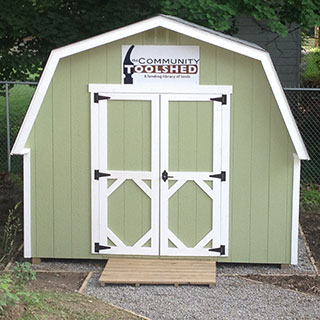

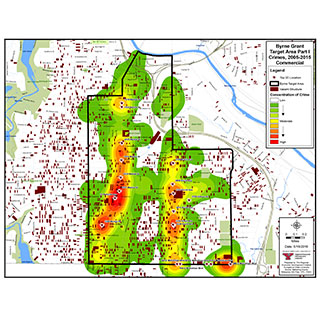 ,
,  ,
, 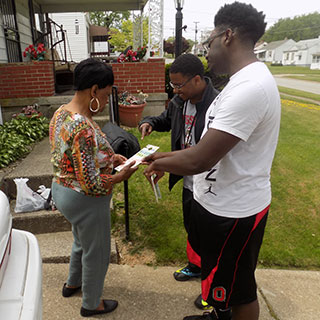
 ,
,  ,
, 
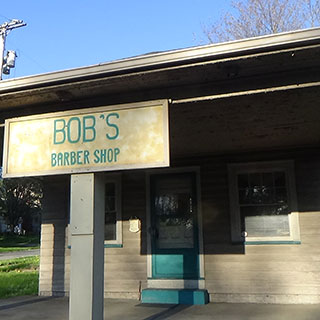 ,
, 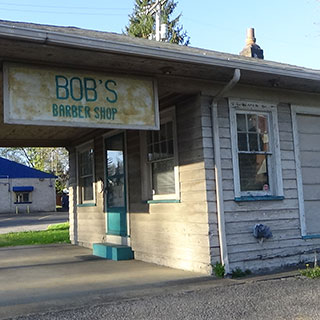 ,
, 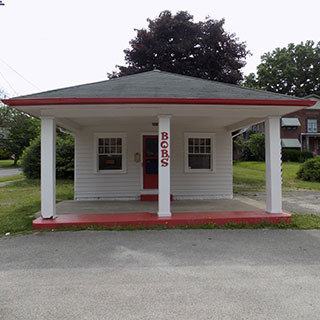 ,
, 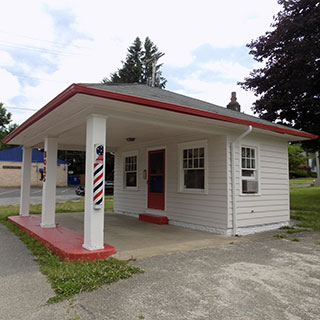
 ,
,  ,
,  ,
, 
